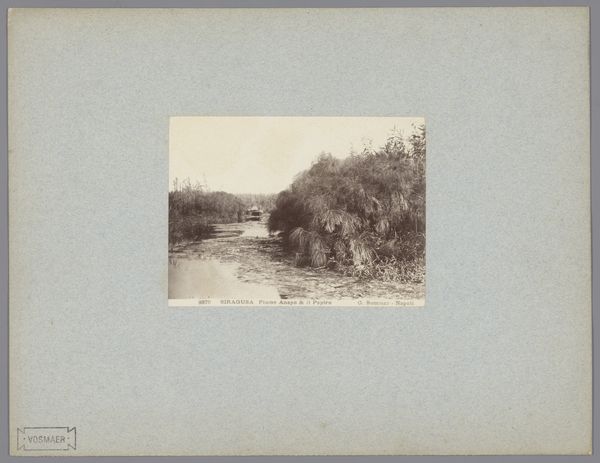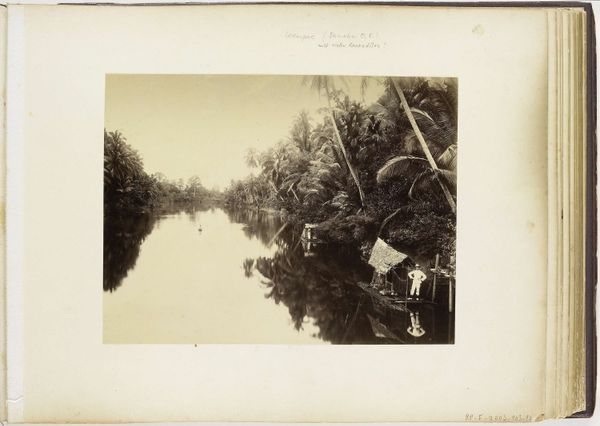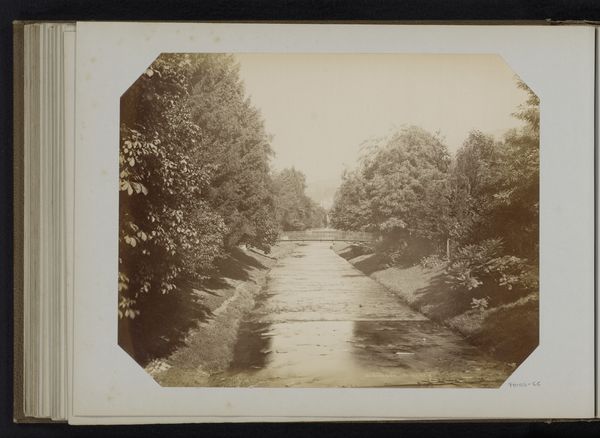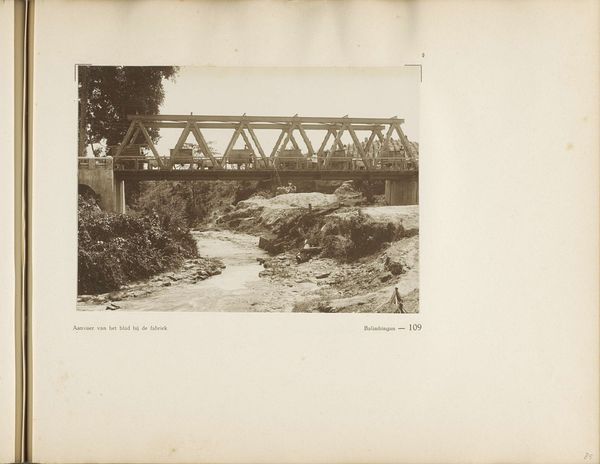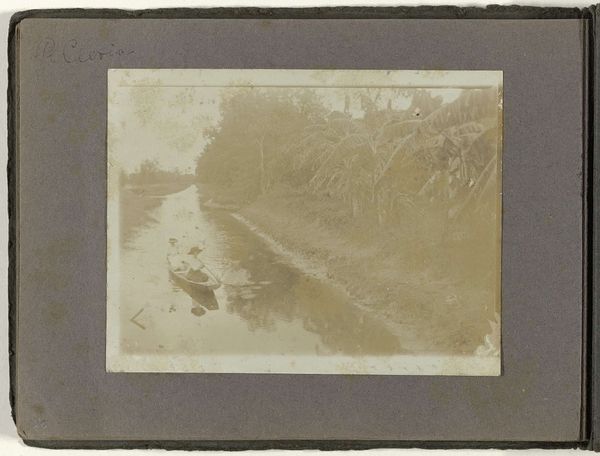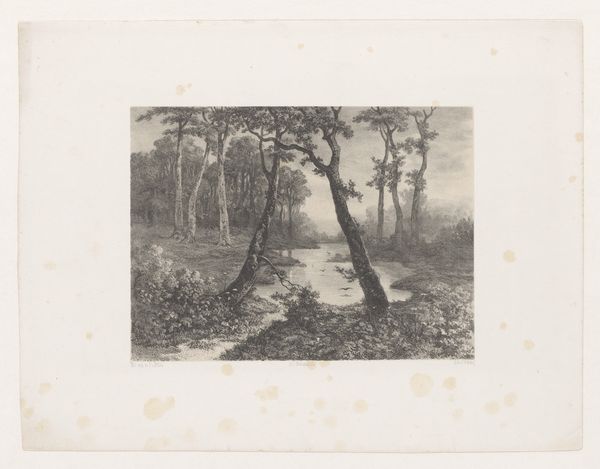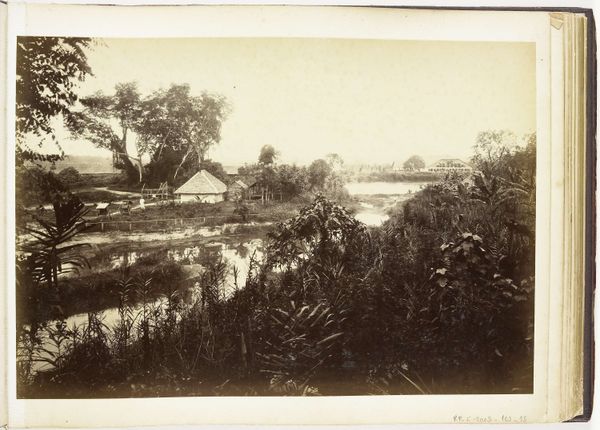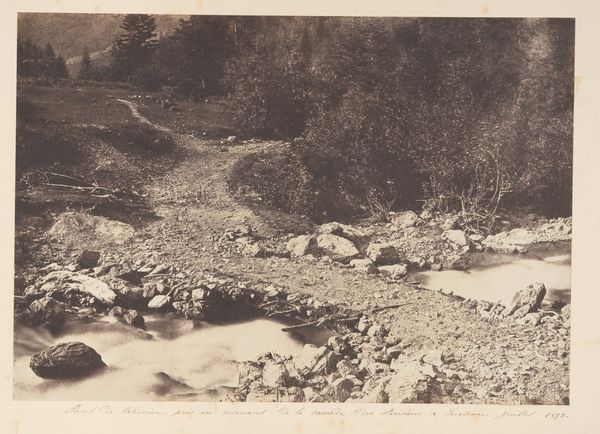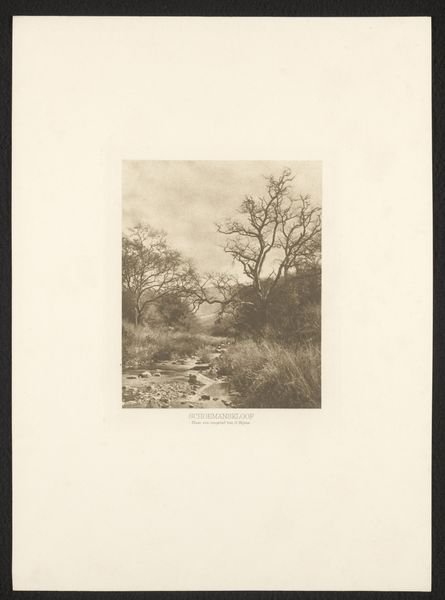
photography, gelatin-silver-print
#
landscape
#
river
#
photography
#
gelatin-silver-print
#
realism
Dimensions: height 309 mm, width 382 mm
Copyright: Rijks Museum: Open Domain
Editor: This photograph, "Roeiboot op de rivier Anapo nabij Syracuse, Italië," by Giorgio Sommer, made using gelatin silver print sometime between 1857 and 1914, is beautifully serene. There is something dreamlike about the papyrus crowding the river. How do you see this work through a historical lens? Curator: It’s interesting that you find it serene. Consider how the image might have been received in its own time. The late 19th century saw a surge in European travel to places like Italy, fueled by burgeoning middle class with disposable income and a thirst for experiencing the 'classical' world. How do you think this photography plays into that socio-cultural context? Editor: I guess it presents a romanticized view, aligning with the expectations of tourists seeking picturesque scenes, far from the industrialising cities they left behind. Almost like visual souvenirs. Curator: Precisely. Sommer operated a studio catering specifically to these tourists. He skillfully composed scenes like this –notice the deliberate framing, the boat implying leisure, the exotic papyrus – reinforcing their preconceived notions of Italy. To what extent do you think images like this solidified a specific narrative, perhaps obscuring a more complex reality of Italian life at the time? Editor: I see what you mean. It is a very selective and curated image, designed to sell an idea as much as to depict a place. It definitely privileges the aesthetic experience over perhaps a social commentary. Curator: Absolutely. And that very act of privileging, the political power of crafting and circulating specific imagery, is a crucial aspect of understanding art history. Photography, at the time, wasn't merely capturing reality but constructing it, perpetuating certain narratives about place and culture. Editor: That gives me a new perspective. I hadn't thought about it as actively constructing a narrative back then. Curator: Thinking about these constructed narratives really expands the context around these older artworks. Editor: Definitely! Thanks for opening my eyes to the complexities of what photography can represent, and how it can inform our understanding of art.
Comments
No comments
Be the first to comment and join the conversation on the ultimate creative platform.
